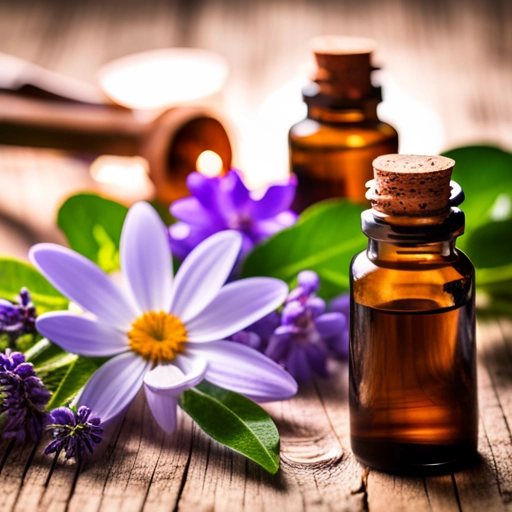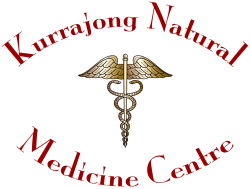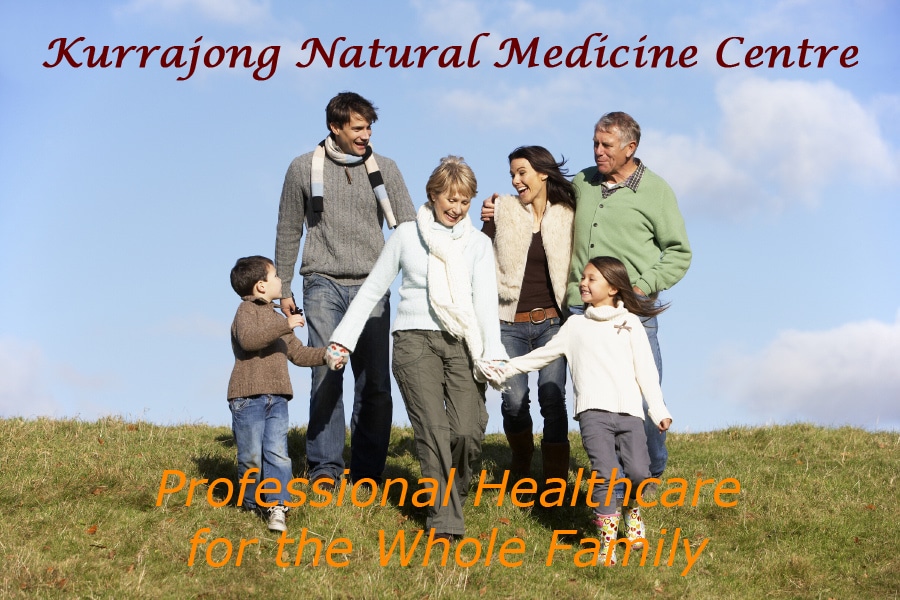Kurrajong Natural Medicine Centre
Lorem ipsum dolor sit amet, consectetur adipiscing elit. Ut elit tellus, luctus nec ullamcorper mattis, pulvinar dapibus leo.Lorem ipsum dolor sit amet, consectetur Lorem ipsum dolor sit amet, consectetur adipiscing elit. Ut elit tellus, luctus nec ullamcorper mattis, pulvinar dapibus leo.Lorem ipsum dolor sit amet, consectetur
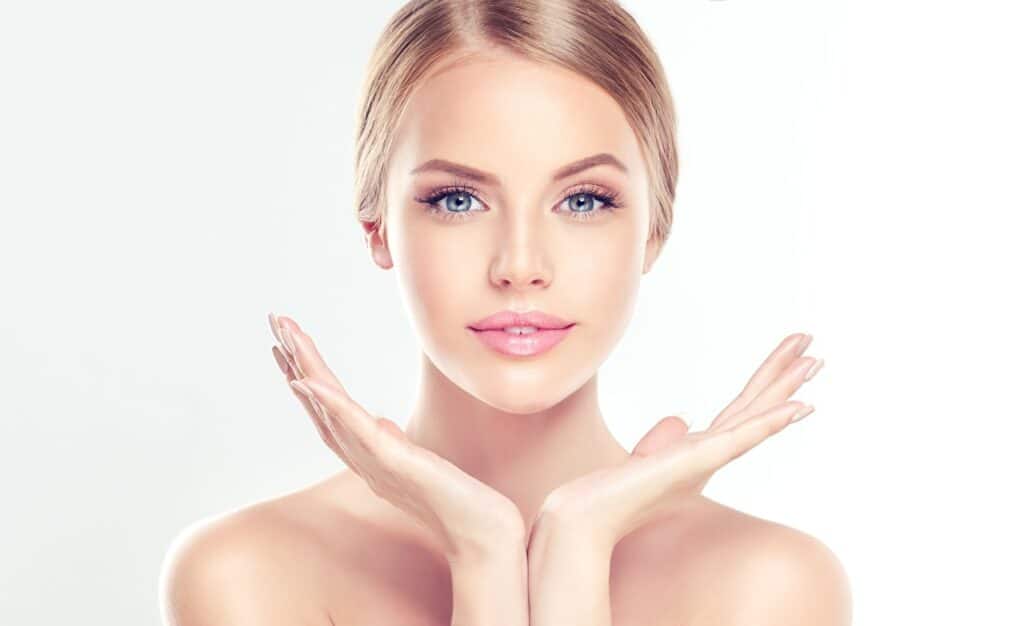
Ut elit tellus, luctus nec ullamcorper mattis, pulvinar dapibus leo.Lorem ipsum dolor sit amet, consectetur adipiscinectetur adipiscing elit. Ut elit tellus, luctus nec ullamcorper mattis, pulvinar Lorem ipsum dolor sit amet, consectetur adipiscing elit. Ut elit tellus, luctus nec ullamcorper mattis, pulvinar dapibus leo.Lorem ipsum dolor sit amet, consectetur adipiscinectetur adipiscing elit. Ut elit tellus, luctus nec ullamcorper mattis, pulvinar dapibus leo.Lorem ipsum dolor sit amet, consectetur adipiscinectetur adipiscing elit. Ut elit tellus, luctus nec ullamcorper mattis, pulvinar dapibus leo.Lorem ipsum dolor sit amet, consectetur adipiscinectetur adipiscing elit. Ut elit tellus, luctus nec ullamcorper mattis, pulvinar dapibus leo.
Lorem ipsum dolor sit amet, consectetur adipiscinectetur adipiscing elit. Ut elit tellus, luctus nec ullamcorper mattis, pulvinar dapibus leo.Lorem ipsum dolor sit amet, consectetur
adipiscinectetur 
dolor sit amet, consectetur adipiscing elit. Ut elit tellus, luctus nec ullamcorper mattis, pulvinar dapibus leo.Lorem ipsum dolor sit amet, consectetur adipiscing elit. Ut elit tellus, luctus nec ullamcorper mattis, pulvinar dapibus leo.Lorem ipsum dolor sit amet, consectetur adipiscing elit. Ut elit tellus, luctus nec ullamcorper mattis, pulvinar dapibus leo.Lorem ipsum dolor sit amet, consectetur adipiscing elit. Ut elit tellus, luctus nec ullamcorper mattis, pulvinar dapibus leo.Lorem ipsum dolor sit amet, consectetur adipiscing elit. Ut elit tellus, luctus nec ullamcorper mattis, pulvinar dapibus leo.Lorem ipsum dolor sit amet, consectetur
adipiscinectetur adipiscing elit. Ut elit tellus, luctus nec ullamcorper mattis, pulvinar Lorem ipsum dolor sit amet, consectetur adipiscing elit. Ut elit tellus, luctus nec ullamcorper mattis, pulvinar dapibus leo.Lorem ipsum dolor sit amet, consectetur adipiscinectetur adipiscing elit. Ut elit tellus, luctus nec ullamcorper mattis, pulvinar Lorem ipsum dolor sit amet, consectetur adipiscing elit.
Ut elit tellus, luctus nec ullamcorper mattis, pulvinar dapibus leo.Lorem ipsum dolor sit amet, consectetur adipiscinectetur adipiscing elit. Ut elit tellus, luctus nec ullamcorper mattis, pulvinar Lorem ipsum dolor sit amet, consectetur adipiscing elit. Ut elit tellus, luctus nec ullamcorper mattis, pulvinar dapibus leo.Lorem ipsum dolor sit amet, consectetur adipiscinectetur adipiscing elit. Ut elit tellus, luctus nec ullamcorper mattis, pulvinar Lorem ipsum dolor sit amet, consectetur adipiscing elit. Ut elit tellus, luctus nec ullamcorper mattis, pulvinar dapibus leo.Lorem ipsum
dolor sit amet, consectetur adipiscinectetur adipiscing elit. Ut elit tellus, luctus nec ullamcorper mattis, pulvinar Lorem ipsum dolor sit amet, consectetur adipiscing elit. Ut elit tellus, luctus nec ullamcorper mattis, pulvinar dapibus leo.Lorem ipsum dolor sit amet, consectetur adipiscinectetur adipiscing elit. Ut elit tellus, luctus nec ullamcorper mattis, pulvinar Lorem ipsum dolor sit amet, consectetur adipiscing elit. Ut elit tellus, luctus nec ullamcorper mattis, pulvinar dapibus leo.Lorem ipsum dolor sit amet, consectetur adipiscinectetur adipiscing elit. Ut elit tellus, luctus nec ullamcorper mattis, pulvinar
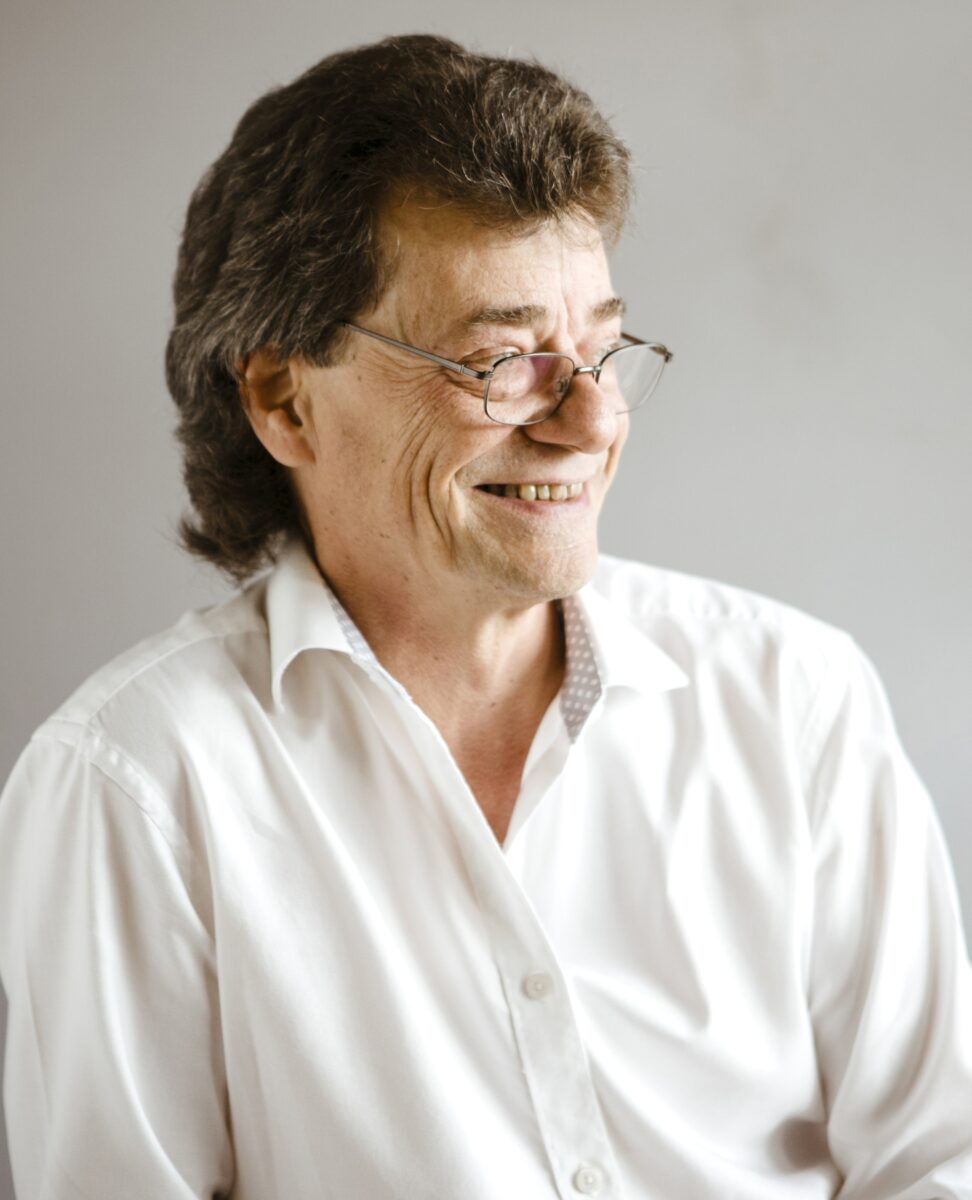
Meet the Author
Dr Danny Siegenthaler Chinese Medicine Practitioner – MSc. (TCM), BSc. (Hons.), DTCM; DAc (Aust/China)
For more than 3 decades, Danny has dedicated himself to the practice of traditional Chinese Medicine (TCM). He has taught biology at several Universities. Alongside his wife Susan, who is a skilled medical herbalist and aromatherapist, they are the proud owners of and senior practitioners at Kurrajong Natural Medicine Centre.
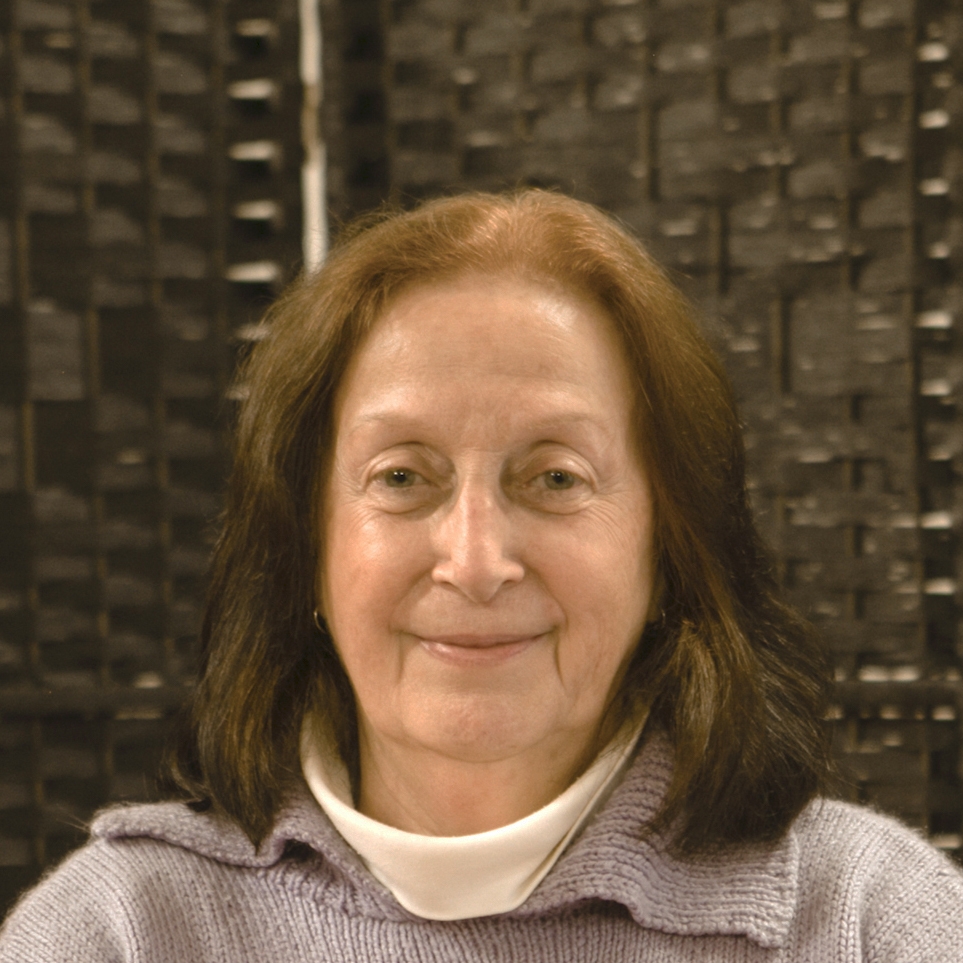
Meet the Author
Susan O’Neill-Siegenthaler BSc(Hons), Dip Medical Herbalism, Dip Herbal Medicine, Dip Remedial Massage
For more than 4 decades, Susan has dedicated herself to the practice of Western herbal medicine and medical aromatherapy. she has also taught biology and medical sciences at several Universities as well as in her own Collage. Alongside her husband Danny, who is a skilled Chinese medicine practitioner, they are the proud owners of and senior practitioners at Kurrajong Natural Medicine Centre.
- Home
- Tab Title 2
- Tab Title 3
Introduction to Traditional Chinese Medicine (TCM)
At Kurrajong Natural Medicine Centre we offer Traditional Chinese Medicine (TCM), which is a holistic and ancient medical system that has been practiced for thousands of years in China and other parts of Asia. It is based on a unique set of theories, principles, and treatment modalities that aim to achieve balance and harmony within the body, mind, and spirit. TCM views the human body as a microcosm of the larger universe and seeks to maintain health by promoting the flow of vital energy, known as “qi” (pronounced “chee”), and achieving a dynamic balance between opposing forces known as yin and yang.
Philosophy of TCM
The foundation of TCM’s philosophy is deeply rooted in concepts such as qi, yin and yang, and the Five Elements. These concepts form the basis for understanding health, illness, and the interconnectedness of all things.
Qi (Vital Energy): Qi is the fundamental life force that flows through the body’s pathways, known as meridians. A balanced and harmonious flow of qi is believed to be essential for health, and disruptions or imbalances in its flow can lead to illness.
Yin and Yang: Yin and yang represent opposing yet interconnected forces in the universe. They are integral to understanding the dualistic nature of existence. Yin is associated with qualities like darkness, coolness, and rest, while yang is associated with qualities like light, warmth, and activity. Health is maintained when yin and yang are in balance within the body.
Five Elements (Wu Xing): The Five Elements theory categorizes the natural world into five elements – Wood, Fire, Earth, Metal, and Water. Each element is associated with specific organs, emotions, seasons, and other aspects of life. The interactions between these elements contribute to the balance or imbalance of the body.
Key Modalities of TCM
TCM encompasses a range of treatment modalities that aim to restore balance and promote the body’s innate healing abilities. Some of the most prominent modalities include:
Acupuncture: Acupuncture involves inserting fine needles into specific points on the body’s meridians to stimulate and balance the flow of qi. This practice is believed to regulate the body’s energy and promote healing. It is commonly used for pain management, stress reduction, and various health conditions.
Chinese Herbal Medicine: Chinese herbal medicine uses a vast array of natural substances, including plant parts, minerals, and animal products, to create formulations that address specific health concerns. These herbal remedies are often prescribed in combination to target the underlying imbalances in the body.
Moxibustion: Moxibustion involves burning dried mugwort (moxa) near specific acupuncture points or meridians to stimulate qi and promote circulation. It is often used to warm and invigorate areas of the body and is particularly helpful in conditions related to cold and stagnation.
Cupping: Cupping therapy involves placing glass or plastic cups on the skin and creating a vacuum to create suction. This technique helps increase blood flow, relieve muscle tension, and promote the movement of qi in the body.
These modalities are often used in combination to address the unique needs of each individual. TCM practitioners consider the person as a whole and aim to treat the root cause of illness rather than just its symptoms. The philosophy and practices of TCM continue to be embraced by people seeking holistic approaches to health and wellness around the world.
Introduction to Western Herbal Medicine
Kurrajong Natural Medicine Centre offers Western herbal medicine, also known as Western herbalism or Western phytotherapy, which is a traditional form of medicine that utilizes plants and plant extracts to promote health and treat various ailments. This holistic approach to healing is deeply rooted in the knowledge and practices of ancient civilizations, particularly those of Europe, but it has evolved over time to incorporate modern scientific understanding and research.
Key Principles of Western Herbal Medicine:
Holistic Approach: Western herbal medicine considers the individual as a whole, taking into account physical, emotional, and environmental factors that may influence health. Practitioners strive to address the underlying causes of illness rather than just treating symptoms.
Individualization: Herbalists assess each person’s unique constitution, health history, and specific concerns to tailor their herbal remedies. The same condition might be treated differently for different individuals based on their overall health status.
Plant Identification and Selection: Herbalists rely on their knowledge of various plants and their medicinal properties. They choose specific herbs based on their chemical constituents, actions on the body, and historical uses. Plants can include leaves, flowers, roots, stems, and even fungi.
Energetics and Constitutions: Western herbalism often categorizes herbs based on their energetic qualities, such as hot, cold, moist, or dry. These qualities are matched to an individual’s constitution, helping herbalists select herbs that will balance their specific needs.
Traditional and Modern Knowledge: Traditional wisdom about the uses of plants for healing is combined with modern scientific research. While many traditional uses of plants have been validated by scientific studies, ongoing research also uncovers new potential applications.
Preparation and Administration: Herbal remedies can be prepared in various forms, including teas, tinctures, capsules, creams, and poultices. The chosen preparation method depends on the plant’s properties and the desired therapeutic effect.
Safety and Contraindications: Herbalists are trained to understand potential interactions, side effects, and contraindications of herbs. Safety is a paramount consideration when recommending herbal remedies, especially when used alongside pharmaceutical medications.
Prevention and Long-Term Health: Herbal medicine is not only used for addressing acute conditions but also for promoting overall wellness and preventing future health issues. Herbalists often focus on dietary and lifestyle changes alongside herbal treatments.
Collaboration with Conventional Medicine: Many herbalists today work in conjunction with conventional medical practitioners to provide complementary care. This collaboration can enhance patient outcomes by combining the strengths of both approaches.
It’s important to note that Western herbal medicine is just one of many herbal traditions around the world. Each tradition, whether it’s Chinese, Ayurvedic, Native American, or African, has its own unique principles, practices, and philosophies related to the use of plants for healing.
Introduction to Remedial Massage Therapy
Remedial massage is a therapeutic approach to massage therapy that aims to alleviate pain, discomfort, and muscle tension within the body. It is often used to address specific musculoskeletal issues, injuries, and chronic pain conditions. Remedial massage therapists are trained to assess and treat various soft tissue problems to promote healing and overall well-being.
Key principles of remedial massage:
Assessment and Individualization: Before beginning any treatment, a qualified remedial massage therapist conducts a thorough assessment of the client’s condition. This assessment may involve discussing the client’s medical history, performing physical assessments, and identifying areas of pain, tension, or dysfunction. This information helps the therapist tailor the treatment to the client’s specific needs.
Soft Tissue Techniques: Remedial massage therapists use a variety of soft tissue techniques to manipulate muscles, tendons, ligaments, and other connective tissues. These techniques may include deep tissue massage, myofascial release, trigger point therapy, and stretching. The goal is to release muscle tension, improve blood circulation, and promote healing.
Pain Management: Remedial massage is commonly sought by individuals experiencing pain due to injuries, postural imbalances, or chronic conditions. By targeting the source of pain, therapists aim to reduce discomfort, improve mobility, and enhance the body’s natural healing processes.
Injury Rehabilitation: Remedial massage plays a role in the rehabilitation of injuries, both acute and chronic. Through targeted techniques, therapists can help alleviate pain, improve tissue flexibility, and assist in the recovery process. This is often done in collaboration with other healthcare professionals like physiotherapists or chiropractors.
Postural Correction: Poor posture can contribute to various musculoskeletal problems. Remedial massage therapists can identify postural imbalances and work on releasing tight muscles and fascia, ultimately assisting clients in achieving better alignment and reducing strain.
Stress Relief: While remedial massage primarily focuses on treating specific issues, it also offers relaxation benefits. As muscles and tissues are relaxed, stress and anxiety can be reduced, leading to an improved overall sense of well-being.
Client Education: An essential component of remedial massage is educating clients about their condition and providing them with self-care techniques. This may include advice on posture, stretching exercises, and lifestyle modifications to prevent future issues.
It’s important to note that remedial massage should only be performed by trained and certified therapists. If you’re considering remedial massage for a specific issue, consult with a qualified healthcare professional to ensure that it’s a suitable treatment for your condition.
Introduction to Aromatherapy
Aromatherapy is a holistic healing practice that utilizes the aromatic compounds found in essential oils to promote physical, mental, and emotional well-being. It is a form of alternative medicine that has been used for centuries in various cultures around the world. The term “aromatherapy” was coined in the early 20th century by French chemist René-Maurice Gattefossé, who accidentally discovered the healing properties of lavender oil when he applied it to a burn on his hand.
Essential oils are concentrated liquids extracted from various parts of plants, such as leaves, flowers, stems, bark, and roots. These oils contain the natural fragrance and beneficial properties of the plants they are derived from. Aromatherapists believe that inhaling the aroma of these essential oils or applying them to the skin can have therapeutic effects on the body, mind, and emotions.
Aromatherapy is often used as a complementary therapy alongside conventional medical treatments, and it’s important to note that it should not be used as a substitute for medical advice or treatment.
It’s potential benefits include:
Stress Reduction and Relaxation: Certain essential oils, such as lavender, chamomile, and bergamot, are known for their calming and relaxing effects. Inhaling these aromas or using them in massages can help reduce stress and anxiety.
Pain Management: Some essential oils, like eucalyptus and peppermint, have analgesic properties that may help alleviate minor aches and pains when applied topically or used in a diffuser.
Improved Sleep: Lavender and cedarwood oils, among others, are often used to create a soothing environment that can promote better sleep quality.
Enhanced Mood: Citrus oils like orange and lemon are believed to have uplifting effects on mood and can be used to combat feelings of sadness or low energy.
Skin Care: Essential oils such as tea tree, rosehip, and chamomile are incorporated into skincare products for their potential benefits in treating various skin conditions.
Respiratory Support: Eucalyptus and tea tree oils are commonly used to help clear congestion and support respiratory health when diffused or used in steam inhalation.
Immune System Support: Some essential oils have antimicrobial properties that are believed to aid the immune system in fighting off infections.
Aromatherapy can be administered through several methods, including:
Diffusion: Essential oils are diffused into the air using devices such as diffusers, allowing their aroma to fill the room.
Massage: Diluted essential oils are applied to the skin during massage therapy, combining the benefits of touch and aromatherapy.
Inhalation: Inhaling the scent of essential oils directly from a bottle, using a handkerchief, or adding a few drops to a bowl of hot water for steam inhalation.
Bathing: Adding a few drops of essential oils to a warm bath can create a relaxing and aromatic bathing experience.
Compresses: Essential oils are added to warm or cold water and used to create compresses for targeted relief on specific body areas.
Before using aromatherapy, consider consulting a qualified aromatherapist or healthcare professional, especially if you have any underlying health conditions, allergies, or are pregnant. You can call Kurrajong Natural Medicine Centre and talk with one of our senior practitioners.
Introduction to Bach Flower Therapy
Bach Flower Therapy, also known as Bach Flower Remedies or Bach Flower Essences, is a form of alternative medicine that was developed by Dr. Edward Bach in the early 20th century. Dr. Bach was a British physician, bacteriologist, and homeopath who believed that emotional imbalances and negative emotions were the root causes of many physical illnesses. He developed this therapy as a way to address these emotional imbalances and promote holistic well-being.
The therapy is based on the concept that certain flowers and plants possess unique energy signatures that can positively influence human emotions and mental states. Dr. Bach identified 38 different flower essences, each corresponding to a specific emotional state or personality trait. These essences are believed to work by subtly interacting with the individual’s energy or vibrational field, helping to balance and harmonize emotions.
Here are some key points about Bach Flower Therapy:
Emotional Imbalances: The therapy is primarily aimed at addressing emotional and psychological imbalances, such as fear, anxiety, stress, depression, uncertainty, and lack of confidence. Dr. Bach believed that when emotional harmony is restored, the body’s natural healing processes can function more effectively.
38 Flower Essences: Dr. Bach identified and categorized 38 different flower essences, each associated with a specific emotional state. Some examples include Rock Rose for fear and panic, Mimulus for known fears, Aspen for vague fears, and so on.
Personalized Treatment: A practitioner of Bach Flower Therapy typically conducts a consultation with the individual to understand their emotional state and concerns. Based on this assessment, a personalized combination of flower essences is recommended to address the specific emotions or issues.
Preparation and Dosage: Flower essences are prepared by infusing the flowers in water using sunlight or boiling, and then preserving the resulting liquid with alcohol. The essences are usually taken orally in small doses, diluted in water, several times a day.
Subtle Effects: Bach Flower Therapy is considered a form of vibrational or energy medicine. The effects are believed to be subtle and gradual, working on the emotional and energetic levels of a person rather than directly on the physical body.
Complementary Approach: Bach Flower Therapy is often used as a complementary therapy alongside conventional medical treatments. It is not meant to replace traditional medical care but to support emotional well-being.
Criticism and Research: While many people report positive experiences with Bach Flower Therapy, it’s important to note that scientific evidence supporting its efficacy is limited. Critics argue that any perceived benefits might be attributed to the placebo effect or other factors.
It’s crucial to consult with a qualified healthcare professional before starting any form of alternative therapy, including Bach Flower Therapy. While it may offer emotional support and a sense of well-being for some individuals, its use should be approached with an open mind and a clear understanding of its limitations.
